This page includes all animals that start with the letter W that we plan to cover on Fact Animal. As we publish new content, each of these animals will be linked to their dedicated profile fact pages.
From Wallaby to Woodpecker, read extraordinary facts about animals beginning with the letter W.
W
Wallaby
Wallace’s Giant Bee
Walrus
Wandering Albatross
Wandering Violin Mantis
Warrior Wasp
Warthog
Wasp
Water Buffalo
Water Deer
Waxy Monkey Tree Frog
Weasel
Wedge-Tailed Eagle
West African Black Rhino
Western Gorilla
Western Lowland Gorilla
Whale Shark
White-backed Vulture
White Bellbird
White Faced Capuchin
White Rhinoceros
White-Tailed Eagle
White Tiger
Wholphin
Wild Boar
Wildebeest
Wolf
Wolverine
Wombat
Woodlouse
Woodpecker
Please see our Animal A-Z list for animals that start with different letters.
Animal Names That Start With W
Read on for an overview of each of the animals listed above that begin with the letter W.
Wallaby
Wallabies are small to medium-sized marsupials found primarily in Australia and Papua New Guinea. They’re recognisable as smaller versions of kangaroos and have powerful, jumping legs.
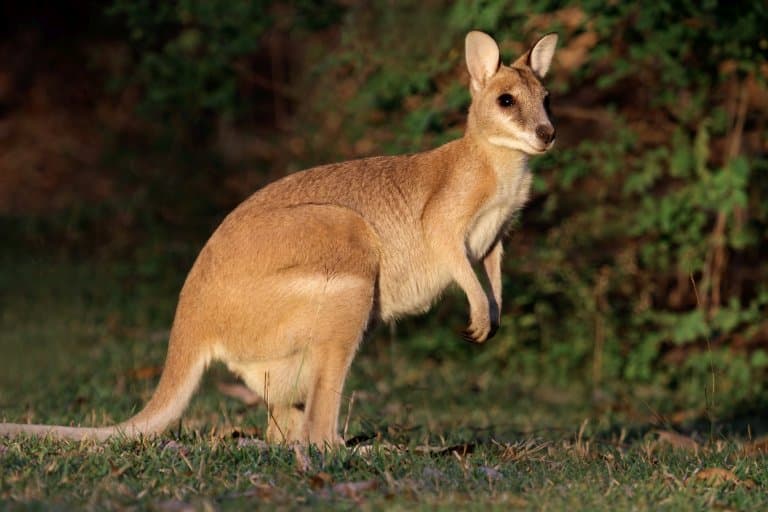
Fun Fact: Wallabies and kangaroos are taxonomically the same thing: they’re all part of the same family and some even consider them the same genus. The title of Kangaroo is simply given to the four biggest macropod species.
Wallace’s Giant Bee
Wallace’s Giant Bee is the world’s largest bee species, native to Indonesia. It has a wingspan of up to 6.4 cm (2.5 inches) and enormous jaws.
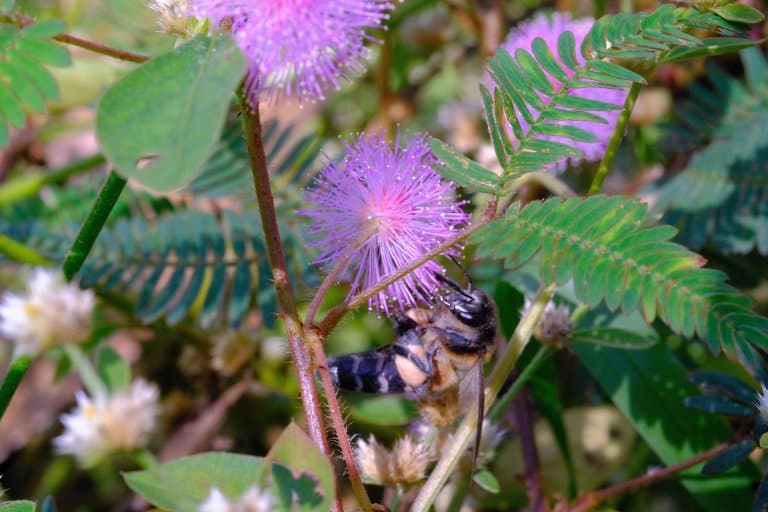
Fun Fact: This bee was initially thought to be extinct for forty years before its recent rediscovery in 1981. It’s now considered vulnerable by the IUCN, though its population trend is unknown.
Walrus
Walruses are enormous marine mammals found in the Arctic and subarctic regions. Known for their tusks and distinctive appearance, they are the largest of the pinnipeds.
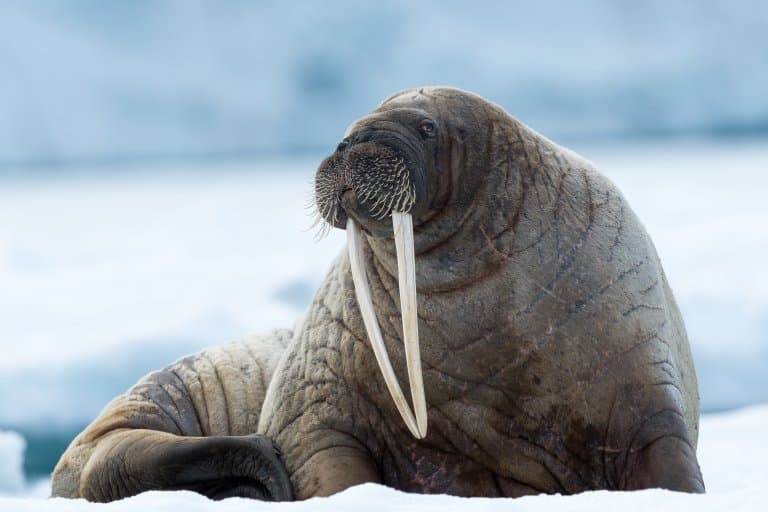
Fun Fact: Walrus tusks never stop growing, and they are used as ice picks, pulling the huge lumpy pinniped out of the water. They can hold their breath for around 30 minutes!
Wandering Albatross
The Wandering Albatross is a huge seabird with an impressive wingspan, they look like an enormous gull, though they’re not related.

Fun Fact: These birds have the longest wingspan of any living bird at up to 3.5 meters, and can stay aloft for months at a time, travelling up to 10,000km in a single flight.
Wandering Violin Mantis
The Wandering Violin Mantis is a species of praying mantis with a unique violin-shaped pattern on its wings. It is found in tropical regions and boasts intricate, cryptic appendages that make it look a bit like a walking instrument.

Fun Fact: Only the males of this species can fly well. Females are much larger and more cumbersome.
Warrior Wasp
The Warrior Wasp is a large, predatory wasp found in South and Central America. It is known for its aggressive behaviour and being the owner of one of the most potent stings in the insect class.
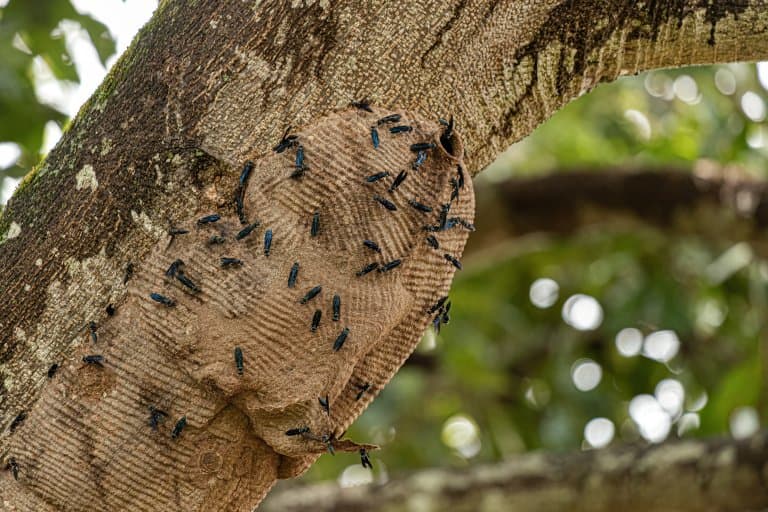
Fun Fact: Despite their reputation (and the tools to back it up) these wasps are nectar feeders, and will employ battle drums as a deterrent before attacking.
Warthog
Warthogs are wild pigs found in Africa. They are known for their distinctive tusks and facial warts, and their characteristic trot with their tails in the air.
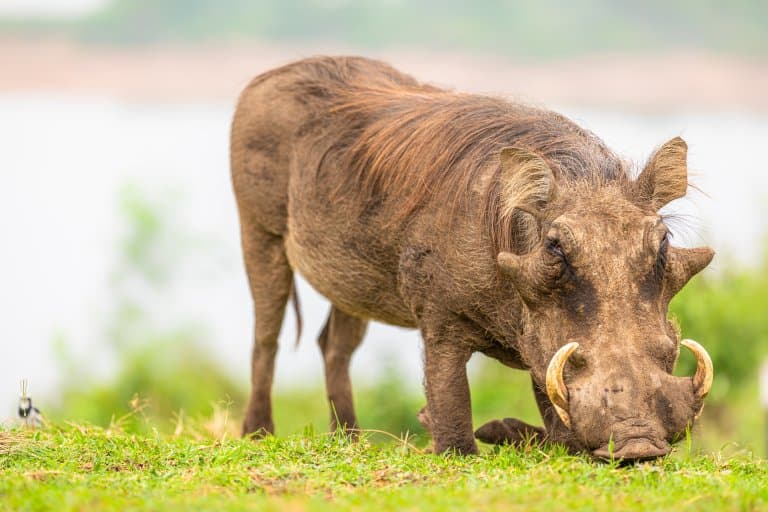
Fun Fact: Warthogs kneel while feeding, using their specialized calloused pads on their wrists to protect their sensitive facial areas from thorns on the ground.
Water Buffalo
Water Buffaloes are large Asian herbivores, making up both wild and domesticated species. They are well-adapted to aquatic environments. The earliest signs of domestication date back 7000 years.
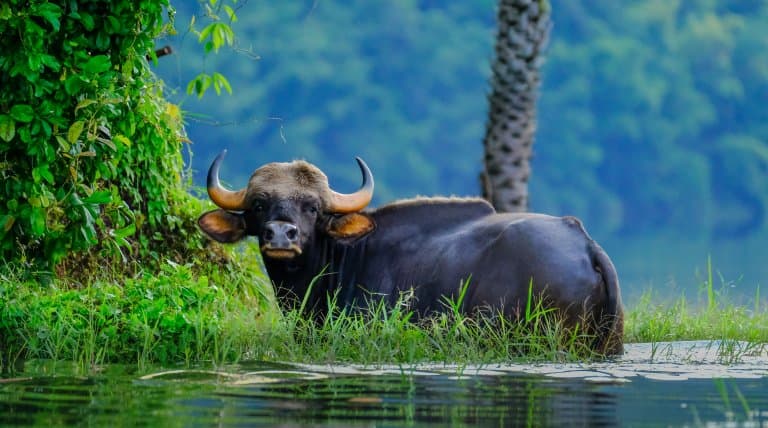
Fun Fact: These cows are some of the most specialized for water and could be considered semi-aquatic, spending most of the hottest parts of the day completely submerged.
Water Deer
Water Deer are small ungulates native to China and Korea. They are known for their long canine teeth and unique appearance, giving them the nickname “Vampire Deer”.

Fun Fact: The tusks of water deer represent a primitive adaptation, evolving before antlers, and being superseded by them in most other species.
Waxy Monkey Tree Frog
The Waxy Monkey Tree Frog is a species of tree frog found in Central and South America. This muscular, green frog has prominent brow ridges that make it look like it’s scowling at you.
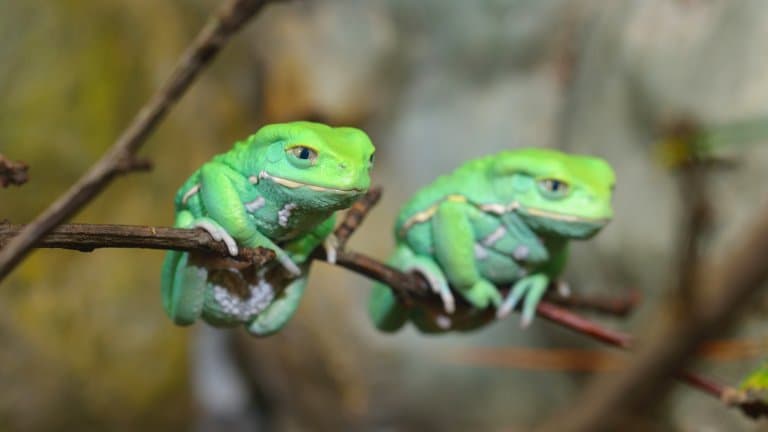
Fun Fact: The waxy secretion on the skin of these frogs acts as a waterproof layer, helping them stay moist and protected in their arboreal habitat.
Wedge-Tailed Eagle
The Wedge-Tailed Eagle is Australia’s largest bird of prey, known for its distinctive wedge-shaped tail. It is a powerful and skilled raptor.

Fun Fact: Wedge-tailed eagles are known for their impressive soaring flight, and they often use updrafts to cover large distances in search of prey.
West African Black Rhino
The West African Black Rhino represents the end of the line for an 8 million-year-old subspecies of black rhino. This subspecies is now considered extinct.
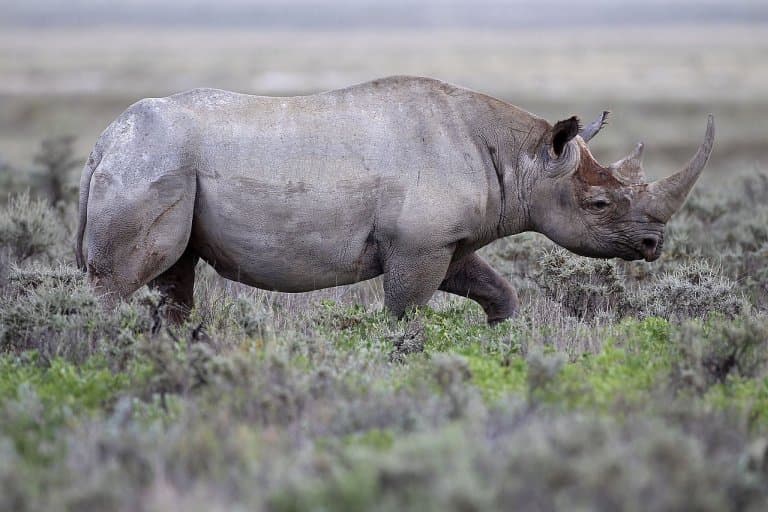
Fun Fact: Western black rhinos had a square-based horn, forming a pyramidal protrusion from its nose.
Western Gorilla
The Western Gorilla is a large, intelligent primate found in the forests of Central Africa. It is the most widespread gorilla species and has two subspecies.

Fun Fact: Western Gorillas live in social groups led by a dominant silverback male, and their diet consists mainly of fruits and vegetation. Despite this, it’s the second-largest species of primate, only slightly smaller than the Eastern Gorilla.
Western Lowland Gorilla
The Western Lowland Gorilla is one of the subspecies of the Western Gorilla found in the lowland forests of Central Africa. It is the most numerous and widespread gorilla subspecies.
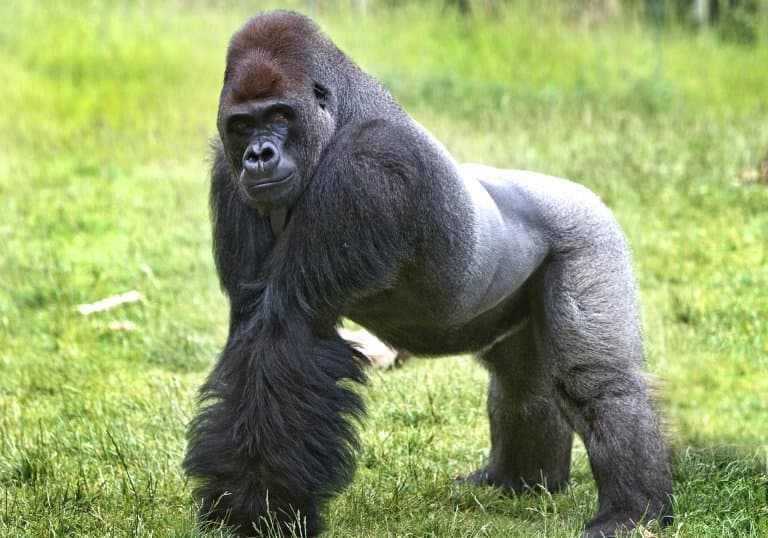
Fun Fact: Western Lowland Gorillas are highly intelligent and very peaceful animals. Despite being immensely strong, these great apes are generally calm and nonviolent.
Whale Shark
The Whale Shark is the largest known fish, found in tropical and warm oceans. Despite its enormous size, it is a filter feeder, mainly consuming plankton and small fish. The distinctive markings on a Whale Shark’s skin are unique to each individual, allowing researchers to identify and track them based on their patterns.
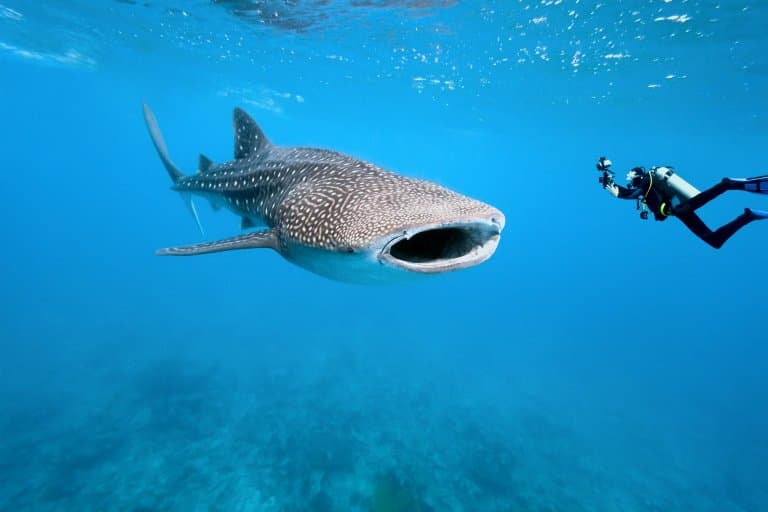
Fun Fact: Whale sharks go on mysterious yet routine deep dives, and nobody’s quite sure why.
White-Backed Vulture
The white-backed vulture is a large bird of prey found in sub-Saharan Africa. It has lighter plumage on its wings and back and a long, sparsely-feathered neck.
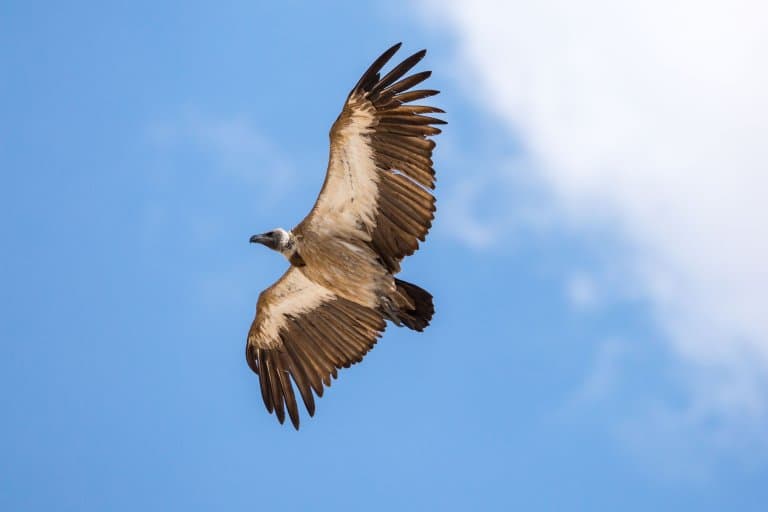
Fun Fact: Like many vultures, White-backed vultures play a crucial role in ecosystems by cleaning up carcasses, and helping prevent the spread of diseases in the wild.
White Bellbird
The white bellbird is a species of bird found in South America. This is a striking, white bird with a strange, leathery wattle dangling meatily from its face.

Fun Fact: The white bellbird’s call is so loud that it has been recorded at 125 decibels, making it louder than a chainsaw or a jackhammer.
White Faced Capuchin
The white-faced capuchin is one of two species of monkey from the same genus, found in Central and South America. Both look very alike, with black bodies and limbs and creamy yellow or white shoulders and faces.
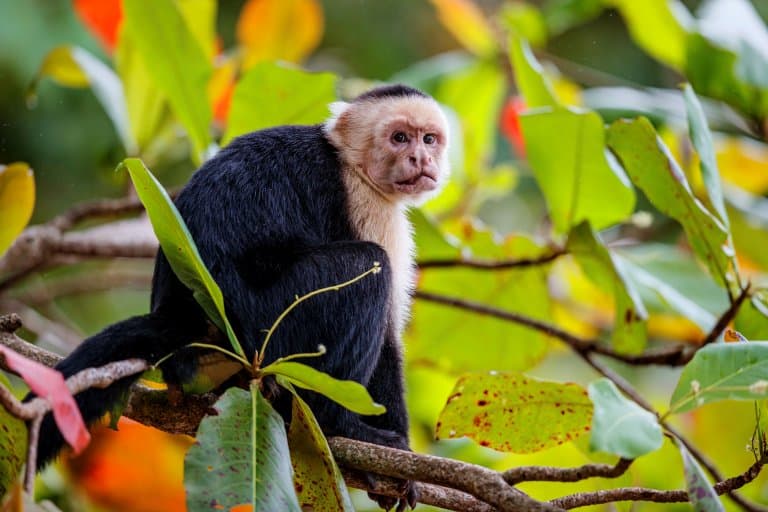
Fun Fact: White-Faced Capuchins are highly intelligent and are known to use stone tools, promoting National Geographic to claim that they’re 3000 years into the Stone Age.
White Rhinoceros
The White Rhinoceros is one of the two rhinoceros species native to Africa. It is the second-largest land mammal after the elephant.
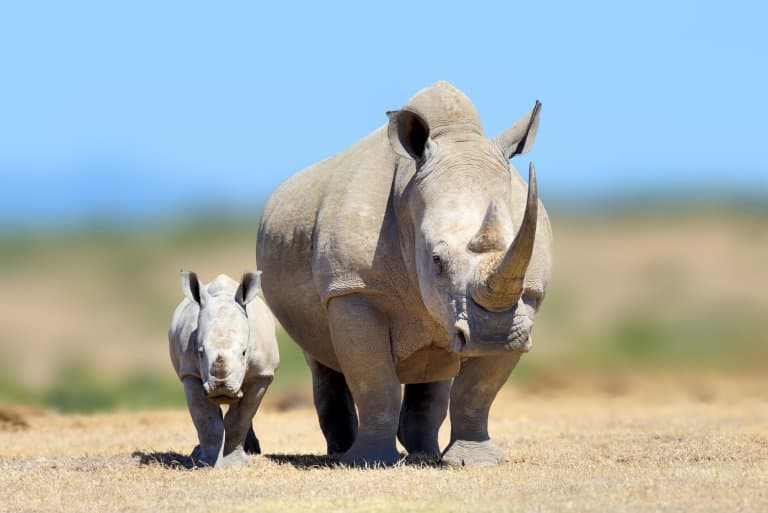
Fun Fact: The popular idea that this rhino’s name comes from a distortion of the Dutch word for “Wide” doesn’t seem to have a lot of evidence to back it up, and the origin of its name remains a mystery.
White-Tailed Eagle
The white-tailed eagle is a large bird of prey found in Europe and Asia. It is named after its distinctive white tail feathers but is perhaps better described as the Eurasian sea eagle.
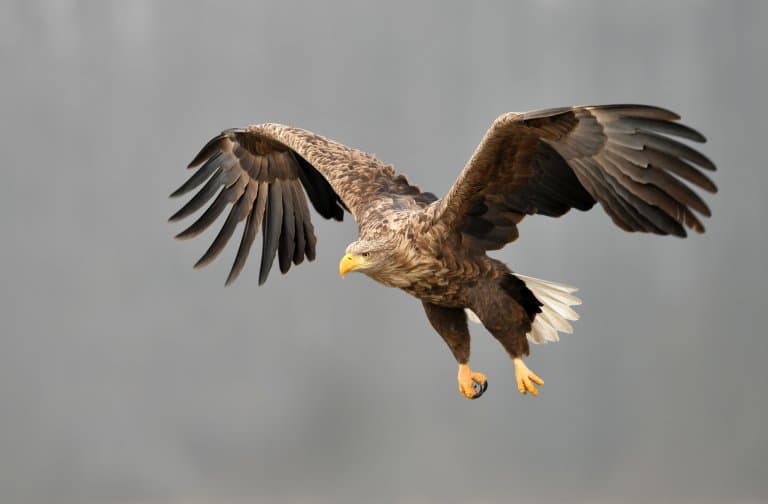
Fun Fact: White-Tailed Eagles are skilled fish specialists, and they are known to snatch fish from the water’s surface but they’ll also eat water birds and even scavenge carrion where possible.
White Tiger
The White Tiger is a rare variant of the Asian tiger, known for its white fur with black stripes and blue eyes. It is not a separate species but a result of a genetic mutation.
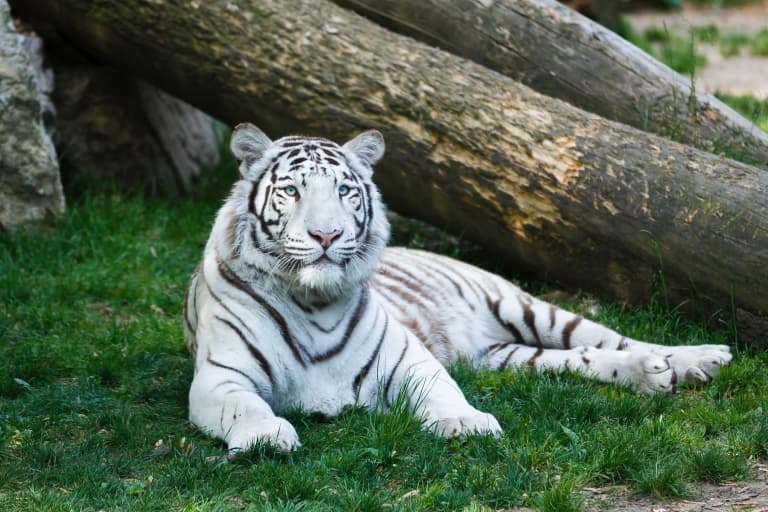
Fun Fact: These tigers rarely show up in the wild. The majority of white tigers have been bred in captivity as showpieces, and are inbred to an unhealthy degree.
Wholphin
A Wholphin is a hybrid marine mammal resulting from crossbreeding a false killer whale and a bottlenose dolphin.
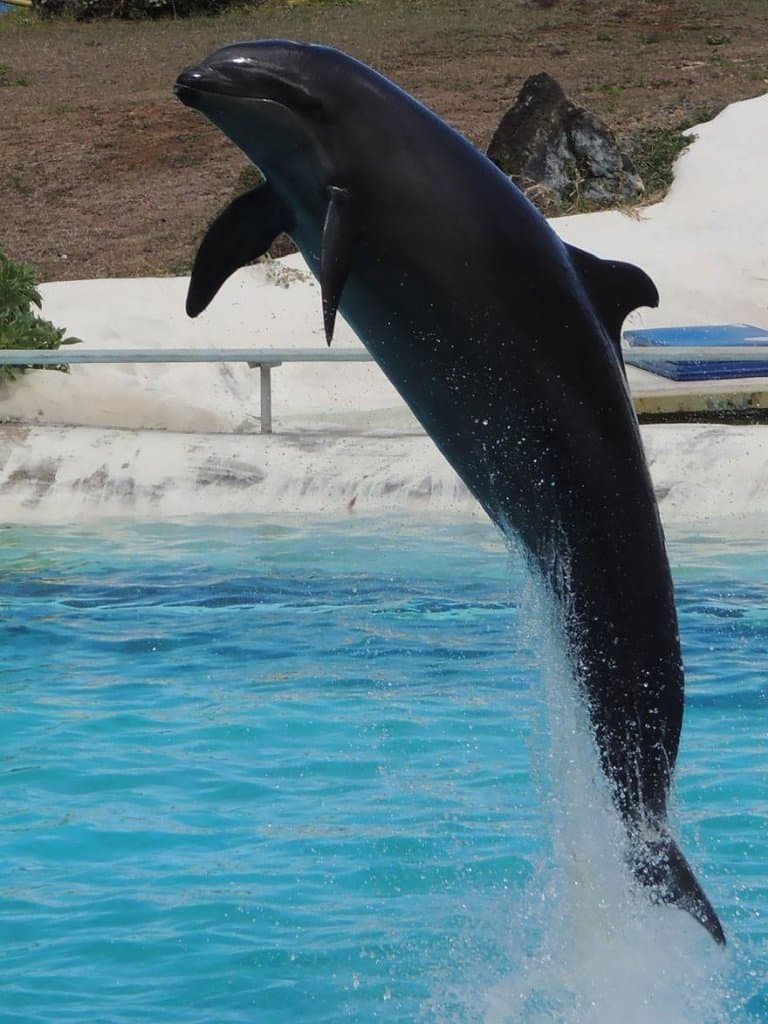
Fun Fact: Wholphins are also a rare occurrence in the wild. The first known example was bred in captivity, and since then, many animals have died trying to recreate them. The first ever wild one was spotted in 2018.
Wild Boar
Wild Boars are large, omnivorous mammals found in various habitats worldwide. Large pigs, often with powerful, stubby tusks and a thick coat.
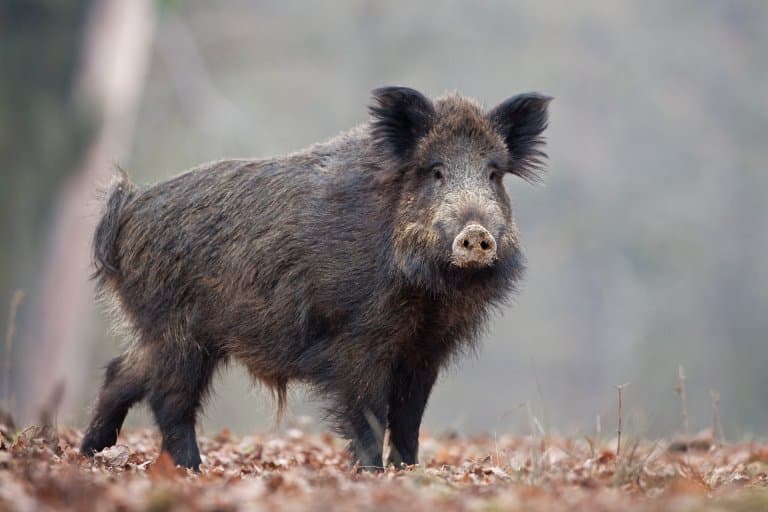
Fun Fact: These pigs are highly adaptable, intelligent and tough, and can thrive in a variety of environments, from forests to grasslands.
Wildebeest
Wildebeests, also known as gnus, are large bovid herbivores found in Africa. They are well known for their annual migration, where millions move in search of fresh grazing.

Fun Fact: During the wildebeest migration, up to 1.5 million wildebeest cross rivers infested with crocodiles in an ancient loop that has been ongoing for over a million years.
Wolf
Wolves are carnivorous canids found in various habitats, from forests to tundra. They are social animals that live in packs and are apex predators in their realm.
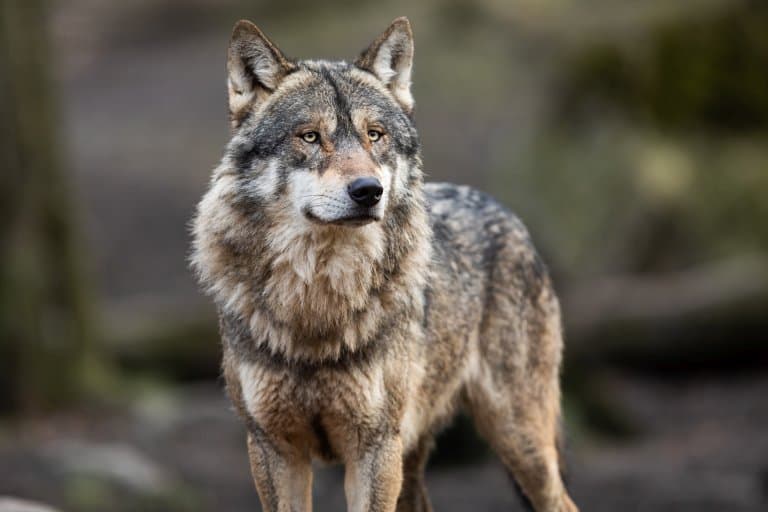
Fun Fact: Wolves have complex communication and strong social ties. These loyal predators will kill and die for one another in the wild.
Wolverine
The Wolverine is a bear-like, carnivorous mustelid found in northern regions, known for its robust build, sharp claws, and sheer toughness.

Fun Fact: Wolverines are frighteningly powerful for their size, and terrifying predators, capable of travelling more than 65 km looking for food each day.
Wombat
Wombats are burrowing marsupials native to Australia, known for their sturdy build and short legs.

Fun Fact: Wombats have cube-shaped faeces, which helps prevent them from rolling away and serves various purposes, including marking territory. As digging animals, they have a backwards-facing pouch to prevent the joeys from getting a faceful of dirt.
Woodlouse
Woodlice, sometimes known as pill bugs, are land-based crustaceans that live on decaying plant matter.
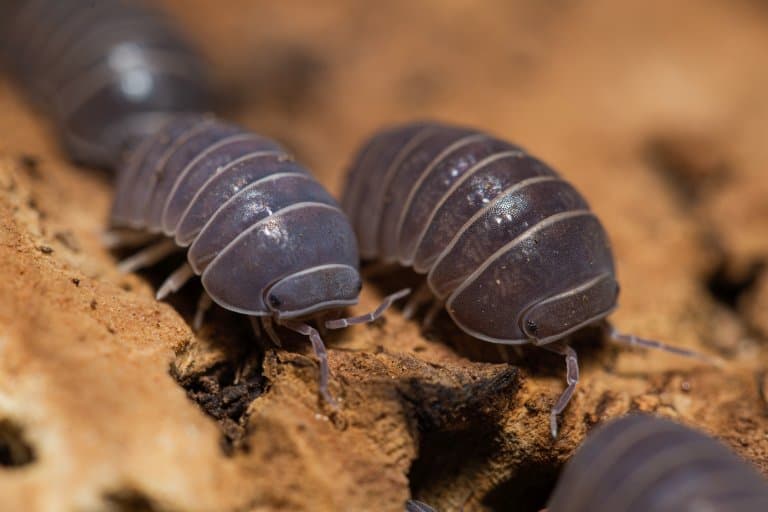
Fun Fact: All of the 3,500 species of woodlice play a beneficial role in breaking down decaying organic matter, contributing to nutrient cycling in ecosystems.
Woodpecker
Woodpeckers are a family of headbanging birds found all over the world. Their anatomy has adapted to pounding their hard beaks on trunks of trees, both to communicate across long distances and to feed on the insects in the bark.

Fun Fact: The woodpeckers’ long tongues retreat so far back they wrap around the base of the skull and can be extended deep into holes in trees to withdraw their prey.
What Other Animals Begin With ‘W’?
That completes our list of animals that begin with the letter W.
Hopefully you’ve learned a few new ones, but are there any that we’re missing in our list that you would like to see covered?
If so, get in touch. Please see our Animal A-Z list for animals that start with different letters.
